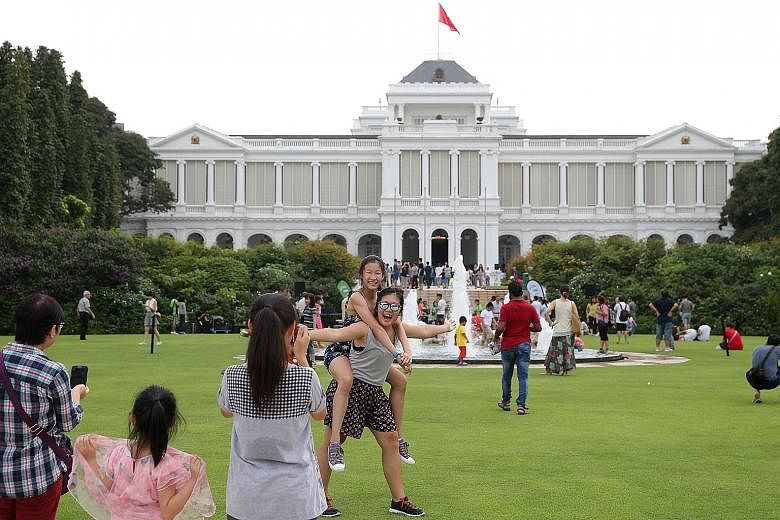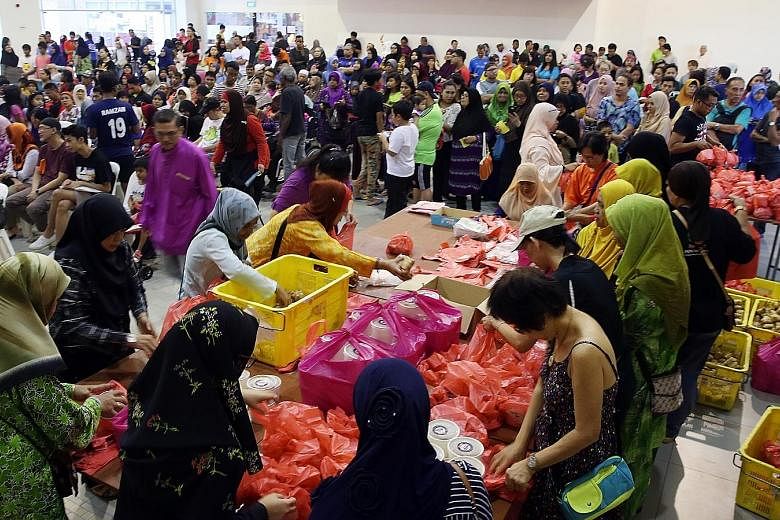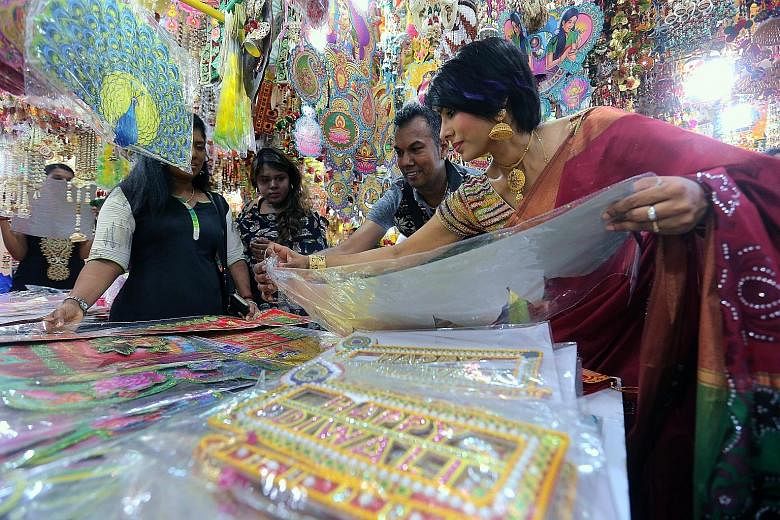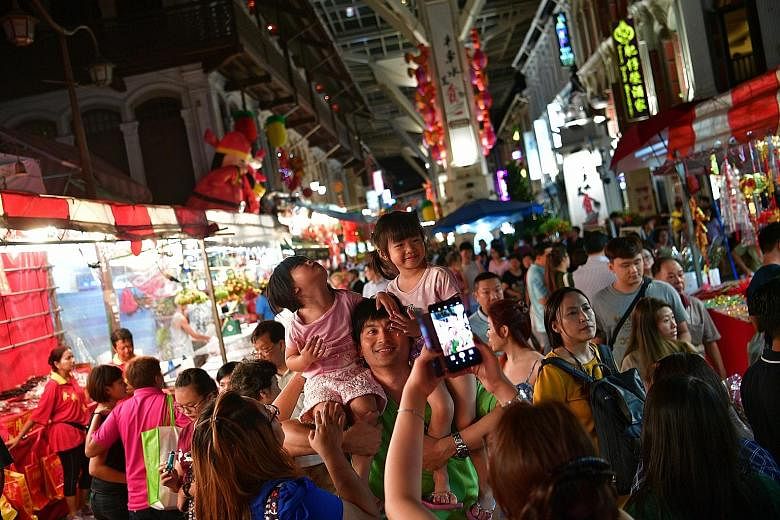Singapore's brand of multiracialism is now in the spotlight with the coming presidential election reserved for Malay candidates.
Is it a step forward to better race relations having a Malay at the Istana after 47 years?
Or will it be a move backwards because it isn't an open election contested by the best from the other races?
You may not find a consensus among Singaporeans on this question, even within the Malay community.
But the ambivalence is to be expected because race isn't an easy issue to come to terms with even after 52 years of Singapore's experiment trying to forge a nation among the different communities here.
The idea was a simple one: Here on this tiny island, each of the different groups is free to practise its beliefs and retain its distinctiveness, but all share a common sense of belonging to the country.
This multiracialism, Singapore-style, isn't free of problems and contradictions because, if each race pursues its own way, it can widen the differences and reinforce each other's exclusiveness.
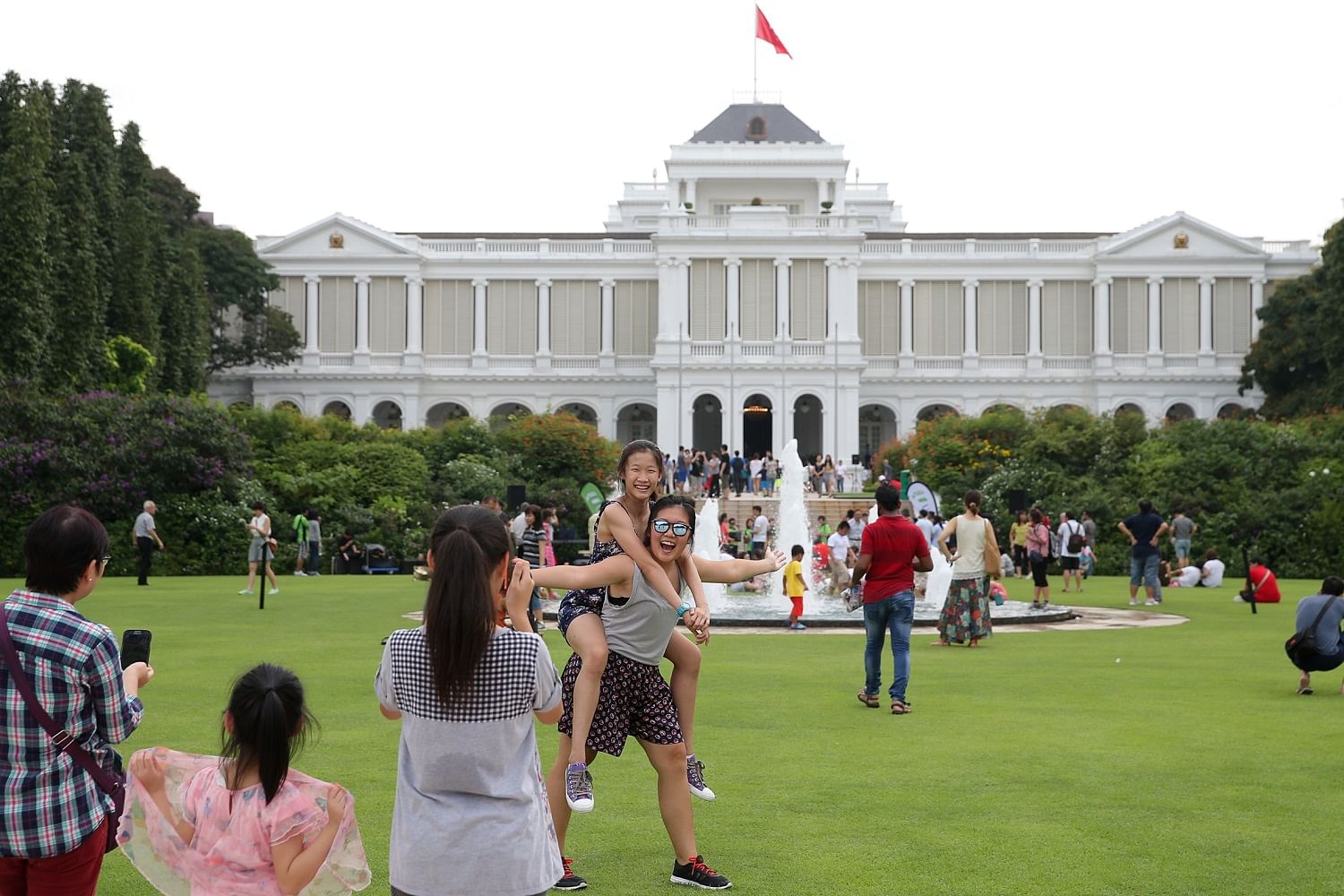
For the Malay community, the wearing of the tudung, the eating of halal food and education in religious schools can set it apart from others.
Likewise, Chinese Singaporeans educated in Special Assistance Programme schools with few Malay and Indian friends, if at all, can grow up with little understanding of the minority races.
How to strike the right balance between exclusiveness and inclusiveness?
The Government recognised this early on and sought to increase the spaces and experiences common to all the races in many areas: mandating racial diversity in housing estates, a national education system, and in military service for men.

But the most important move was to adopt English as the working language, a politically brave decision in the 1960s when many Singaporeans did not speak it.
Looking back now to those early days, it was fortunate the problem was recognised then and the appropriate policies followed.
In countries that have not been as forthright in dealing with it, including America and in Europe, racial problems have intensified.
Indeed German Chancellor Angela Merkel declared in 2010: "The multicultural concept is a failure, an absolute failure."
She was joined shortly by then British Prime Minister David Cameron, who called for "a lot less of the passive tolerance of recent years, and much more active muscular liberalism".
But the Singapore way works only if this truth holds: The greater the understanding of where the nation's common interests lie, the more each race is free to retain its distinctiveness without harming the whole.

Of course, the experience has not been all hunky-dory.
An Institute of Policy Studies (IPS) survey last year found that though the overwhelming majority of Singaporeans rated race relations highly, racism and racist attitudes persisted.
Just over half of the respondents said racism was a problem, with 40 per cent reporting that their close friends were at least mildly racist.
Half of those from minority races agreed with the statement that "people have acted as if they are better than you".
Two-thirds of Malay and Indian respondents with negative experiences said that race was the basis of such treatment.
Among Malays, a substantial proportion indicated that their religion, income and educational attainment were the reasons for their being treated negatively.

On the whole though, Singapore can be proud of what has been achieved so far, with nearly 90 per cent of respondents agreeing that everyone who works hard, regardless of race, has an equal opportunity to become rich.
The bottom line: There are no serious or pressing problems among the races, though racial biases and prejudices exist and may never go away.
Seen in this context, the Government's move to introduce reserved elections for the presidency might seem perplexing.
If it ain't broke, why fix it?
I think there are two developments in the future which might upset the delicate balance.
First, the growing influence of Islamic teachings from the Middle East and the ideological battle there between Sunnis and Shi'ites.
It is uncertain what the outcome of those wars will be but you can be sure Muslims in South-east Asia, including Singapore, will be pulled in different directions.
Will some of these pressures widen the gap between them and the other races?
It is telling that most of the home-grown terrorists in Europe who have been radicalised are young men in their 20s and 30s, many of whom are well-educated with jobs.
Singapore will not be immune to the problem.
Second, China's growing strength will greatly influence Singapore's Chinese population and their language environment.
It isn't hard to foresee a future in which Chinese commercial and soft power dominates - in entertainment, fashion, food and literature - changing the multiracial character of Singapore society and making the minority races feel even more alienated from the majority.
The confluence of these two developments - growing Middle East influence and China's rise - can sharpen the differences among the races here.
It will require a great deal more effort at expanding the common spaces among the races and deepening understanding of where Singaporeans' common interests lie.
I do not know whether having a Malay or Indian president will help in such a future.
At most it may be a symbolic assurance of Singapore's multiracial credentials.
Perhaps the better bet is in the changing attitudes of younger Singaporeans.
Every survey, including the one by IPS cited above, has found that young people are much more open-minded about race than older ones.
For example, many more Singaporeans below the age of 30 have no problem with a prime minister or president from another race.
The IPS survey found that, among these young Chinese, 64 per cent could accept a Malay as president, and 75 per cent said the same thing about an Indian president.
In contrast, for those older than 60, the numbers fell to 48 per cent and 50 per cent respectively.
These are sharp differences between young and old, shaped by their life experiences.
That is reason to be more hopeful about the future.
•The writer is also a senior fellow at the S. Rajaratnam School of International Studies, Nanyang Technological University.

